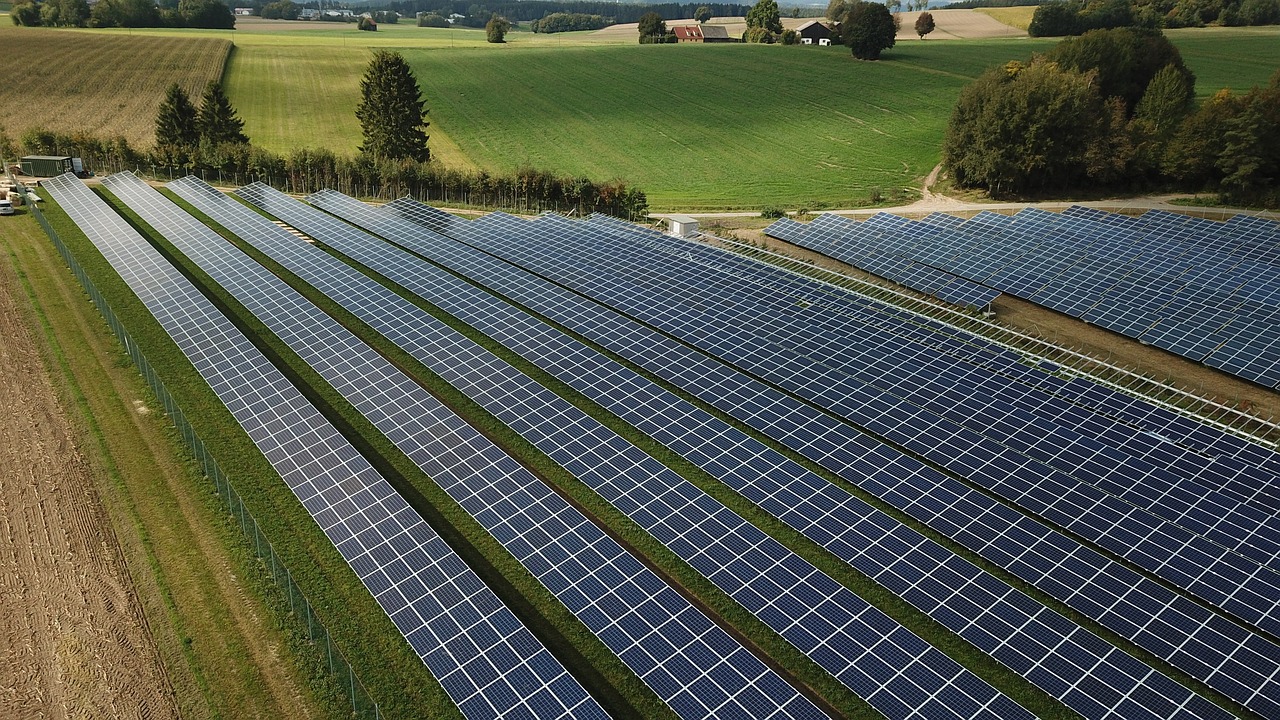California’s ambitious clean energy goals have run into an unexpected problem: too much solar power. In the past year alone, the state has curtailed over 3 million megawatt-hours of solar energy, enough to power more than half a million homes. This surplus is increasingly wasted as large-scale solar farms are forced to shut down, leading to millions of dollars in losses. Meanwhile, other states benefit from the excess power, further complicating California’s plan to transition to a 100% carbon-free grid by 2045.
Solar Surplus and Its Impact on Rates
California’s electric rates are among the highest in the U.S., roughly twice the national average. Despite the state’s vast solar capacity, energy consumers are not reaping the benefits. The surplus power that can’t be absorbed by the grid is often sold to neighboring states at a loss, further raising concerns about the state’s energy policies and the future of its grid.
The increase in curtailed solar energy is staggering. Between 2017 and 2022, the amount of excess solar power shot up by 500%. On days of intense sunlight, solar farms are forced to stop production even during peak demand hours, raising questions about California’s ability to effectively manage its green energy transition. This problem is further compounded by the fact that solar power can’t be stored easily.
As of 2023, California has curtailed over 3 million megawatt-hours of solar energy—more than double what was wasted in 2021—and this is set to increase. On some days, over half of the solar power generated is wasted, even when there is a need for more energy in the evening. The state is working to build more industrial-scale battery storage, but these solutions remain costly and limited in scope.
Energy Traders and the Role of Neighboring States
In an effort to avoid overloading its grid, California has paid neighboring states to take excess solar power. Utilities in Arizona and New Mexico have saved millions by purchasing California’s surplus energy at reduced prices. These savings are passed on to consumers in these states, while California ratepayers continue to pay for power they don’t use.
Electricity traders also benefit from this surplus, capitalizing on the price volatility of solar energy. During peak production, when the supply far exceeds demand, prices can plummet into negative territory, meaning solar producers effectively pay traders to take the energy. While traders profit, California’s consumers are left paying for power that is never used, leading to calls for reform and better grid management.
A Viable Path Forward?
California’s goal of a 100% renewable grid by 2045, enshrined in the state’s ambitious Senate Bill 100, requires increasing solar generation at an even faster pace. However, critics argue that the current approach is unsustainable. With limited storage capacity, much of the excess solar energy goes to waste, creating a paradox where the state is investing heavily in solar infrastructure but not utilizing it effectively.
Experts warn that without significant improvements in grid management and storage technologies, California may not be able to meet its renewable energy targets. Even with efforts to expand battery storage and improve transmission infrastructure, the rapid growth of solar power continues to outpace the state’s ability to manage and use it efficiently.
California’s Energy Future and Policy Implications
The state’s ongoing struggle with solar overproduction underscores the challenges of shifting to a carbon-free energy grid. The situation raises questions about the feasibility of California’s renewable energy future, especially if the curtailment problem worsens. Policy changes, including incentives for more storage solutions, better grid integration, and changes to how excess power is handled, may be necessary to avoid further waste.
Despite these hurdles, the expansion of solar power has already delivered significant environmental benefits and lower emissions in the region. The key challenge is ensuring that the energy generated can be used efficiently within California or stored for later use, as well as addressing the financial impact on ratepayers who are paying for power they don’t need.
References:
- Los Angeles Times – Solar Power Glut Boosts California Electric Bills
Petersen, M. (2024, November 24). California has so much solar power that increasingly it goes to waste. Los Angeles Times. Link to article - California Independent System Operator (CAISO)
CAISO regularly provides reports and data on grid performance, including energy curtailments. They manage California’s electricity grid and the handling of solar power surpluses.
Link to CAISO - California Public Utilities Commission (CPUC)
The CPUC has been involved in regulating and overseeing California’s energy policies, including the curtailment of renewable energy and the financial implications for ratepayers.
Link to CPUC - California Institute for Energy and Environment (CIEE)
The CIEE provides in-depth research and analysis related to energy production, storage, and policy in California, and their work highlights issues surrounding the curtailment of solar power.
Link to CIEE - California Governor’s Office of Planning and Research (OPR)
The OPR provides insights into state policies aimed at achieving the goal of 100% carbon-free electricity by 2045, including infrastructure challenges and curtailment trends.
Link to OPR - University of Chicago – Energy Storage Research
Experts like Andrew Chien from the University of Chicago have studied the viability of energy storage solutions and their role in resolving California’s solar power glut.
Link to University of Chicago Energy Studies - U.S. Energy Information Administration (EIA)
For broader context on solar energy growth in the U.S., including California’s solar capacity and regional trading, the EIA provides extensive data.
Link to EIA



